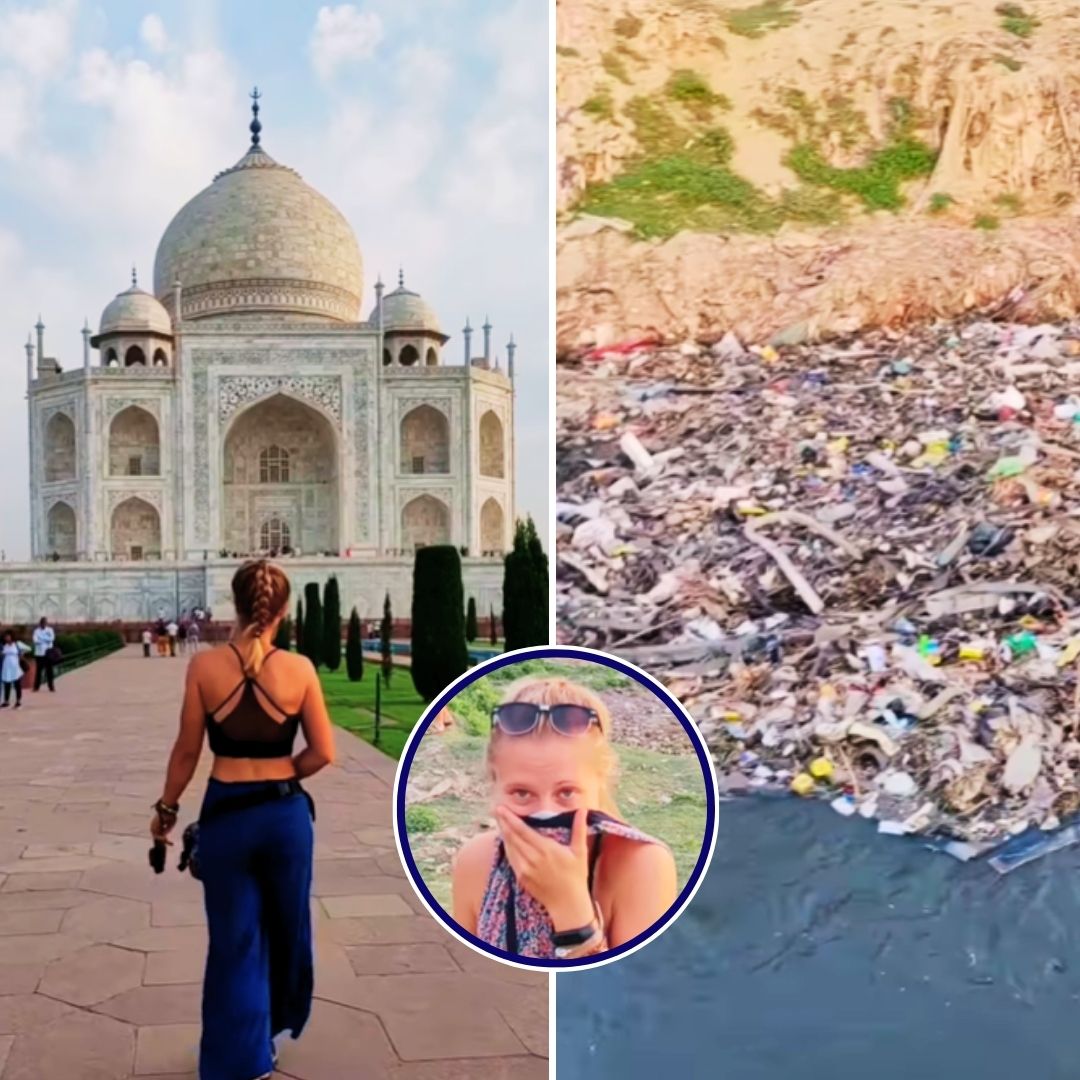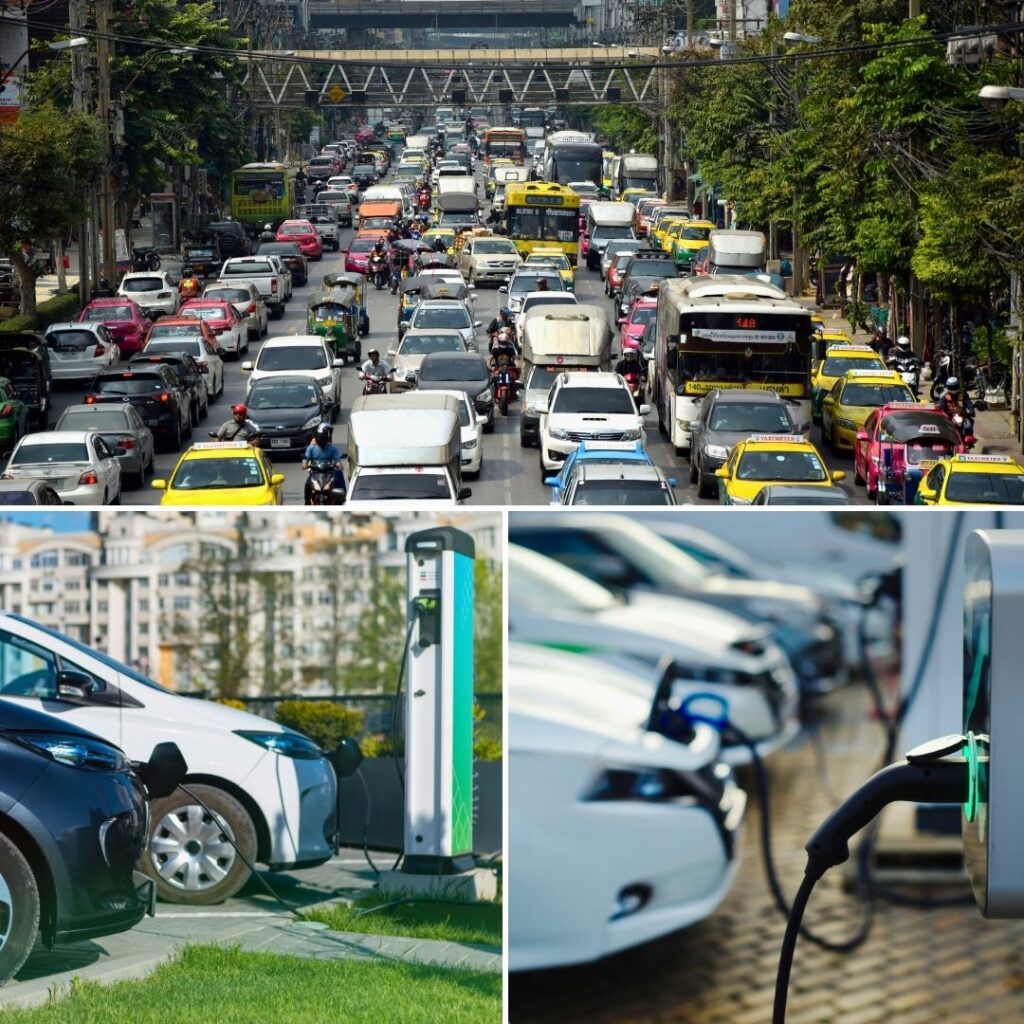Two Polish travellers recently posted a viral video highlighting the garbage and litter scattered around the Taj Mahal, particularly near the Yamuna riverbanks, drawing widespread attention and sparking a global debate. The vloggers clarified that their intent was to show the less glamorous, littered surroundings while praising India’s beauty and promising to showcase cleaner parts in future visits.
The video received mixed reactions—some viewers agreed on the urgent need for improved cleanliness and waste management, while others criticised the vloggers for unfairly “shaming” India on a global platform. Environmental experts and official data confirm persistent pollution challenges threatening the Taj Mahal’s marble and environment, despite ongoing government efforts.
Tourists Spotlight Pollution and Litter Around the Taj Mahal
The Polish travel vloggers, including the popular Instagram account Podroznikdowynajecia, shared candid clips showing heaps of plastic waste, garbage-strewn streets, and litter near the Yamuna riverbanks behind the Taj Mahal. Their video quickly went viral, garnering millions of views and igniting conversations worldwide about the monument’s surroundings.
In a follow-up post, the vloggers emphasised that India is a “great country” with many clean and beautiful places, and they intend to share videos showcasing those positive aspects soon. Supporters of the video applauded their honesty, with many urging Indian authorities to improve civic sense and cleanliness, especially around globally recognised heritage sites.
One viewer commented, “Instead of taking offence, our government needs to clean up those places; at least the ones which attract global tourists.” However, critics argued that the video selectively portrayed the negative side and unfairly targeted India, pointing out that littering is a global issue and that the garbage shown was mostly outside the official tourist zones.
Persistent Pollution Threatens the Taj Mahal’s Integrity
Environmental studies and reports from the Archaeological Survey of India (ASI) reveal that pollution levels around the Taj Mahal have remained above safe limits for over two decades. The Yamuna river near the monument is heavily polluted with untreated sewage, industrial waste, and microplastics.
Experts warn that hydrogen sulphide gas from the polluted river accelerates the corrosion of the Taj Mahal’s marble, causing discoloration and damage. Despite regulations like the Taj Trapezium Zone (TTZ) and Supreme Court directives to control emissions and relocate polluting industries, enforcement challenges persist. Seasonal smog and high particulate matter levels often obscure the monument, affecting both its appearance and visitor experience.
The Logical Indian’s Perspective
The viral video and ensuing debate highlight the importance of honest reflection and collective responsibility in preserving India’s cultural heritage. The Logical Indian believes that acknowledging environmental and civic challenges is not “shaming” but a vital step toward meaningful change.
Protecting the Taj Mahal requires sustained government action, stringent pollution control, community participation, and increased public awareness.











